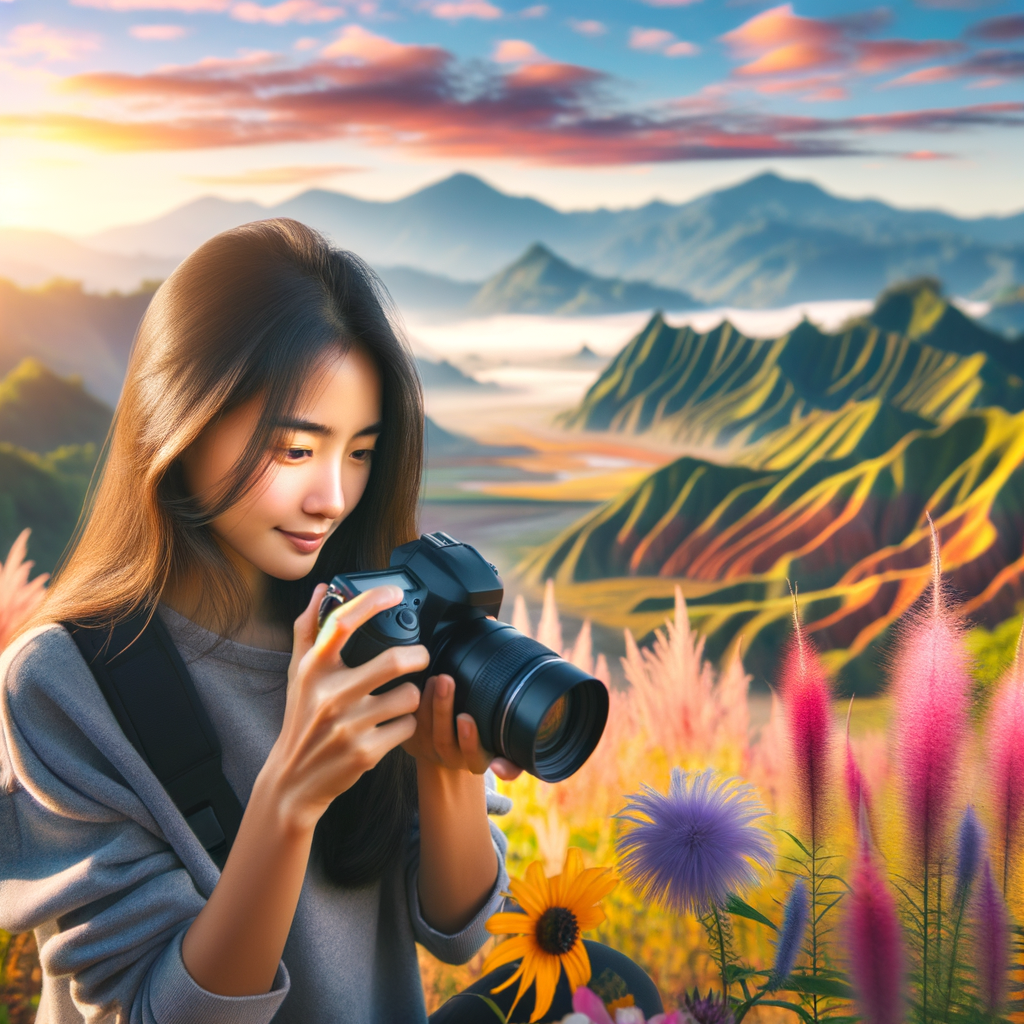
Photography is an art form that has the power to convey emotions and moments from our lives. For beginner photographers, it is essential to master the fundamental principles that will help create beautiful and memorable images. In this article, we will explore key aspects of photography for beginners, from technical details to creative inspiration.
Let's start with the basics. Photography as an art form involves understanding a number of technical and creative aspects. First of all, it's important to master working with a camera and its settings.
Types of Cameras
There are many types of cameras, and choosing the right one for you is the first step towards success. Popular options include:
- Digital Single Lens Reflex Cameras (DSLR)
- Mirrorless Cameras
- Compact Cameras
- Smartphones
Each type has its own advantages and disadvantages, and the choice depends on your needs and budget.
Basic Camera Settings
It's important to know which settings affect the final result. The basic parameters you need to understand are:
- Aperture: Determines the amount of light hitting the sensor. Low values (f/2.8 and lower) create a background blur effect.
- Shutter Speed: Defines how long the sensor will be exposed to light. Fast shutter speeds help freeze moving objects.
- ISO: Sensitivity of the sensor to light. Higher values increase sensitivity but may introduce noise in the image.
Fundamentals of Composition
Framing a shot is an art. Here are some composition rules that will help you create appealing photographs:
- Rule of Thirds: Divide the frame into three parts horizontally and vertically and aim to place main objects at the intersections.
- Leading Lines: Use lines in the frame to direct the viewer's eye to the main subject.
- Framing: Use surrounding elements to create a 'frame' for the main object.
Working with Light
Lighting is key to successful photography. Different lighting conditions require different approaches:
- Natural Light: The best time to shoot is morning and evening when the light is soft and warm.
- Artificial Light: Use reflectors or additional light sources to create interesting effects.
Practice and Experimentation
Finally, practice is what makes a master. Don’t be afraid to experiment with different styles and techniques. Shoot everything around you, and over time you will find your unique style!
In conclusion, learning the basics of photography is an exciting journey full of discoveries. Remember that the main focus of photography is your own interpretation of the world around you. Grab your camera and embark on new horizons of creativity!


